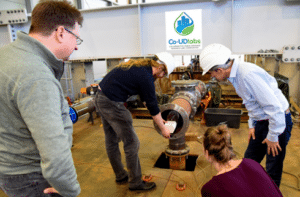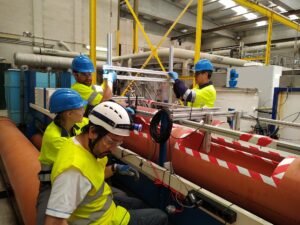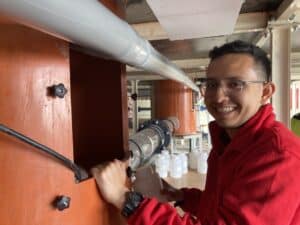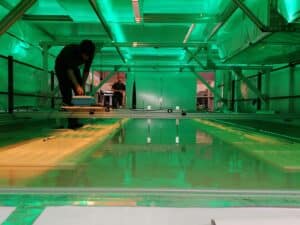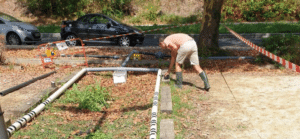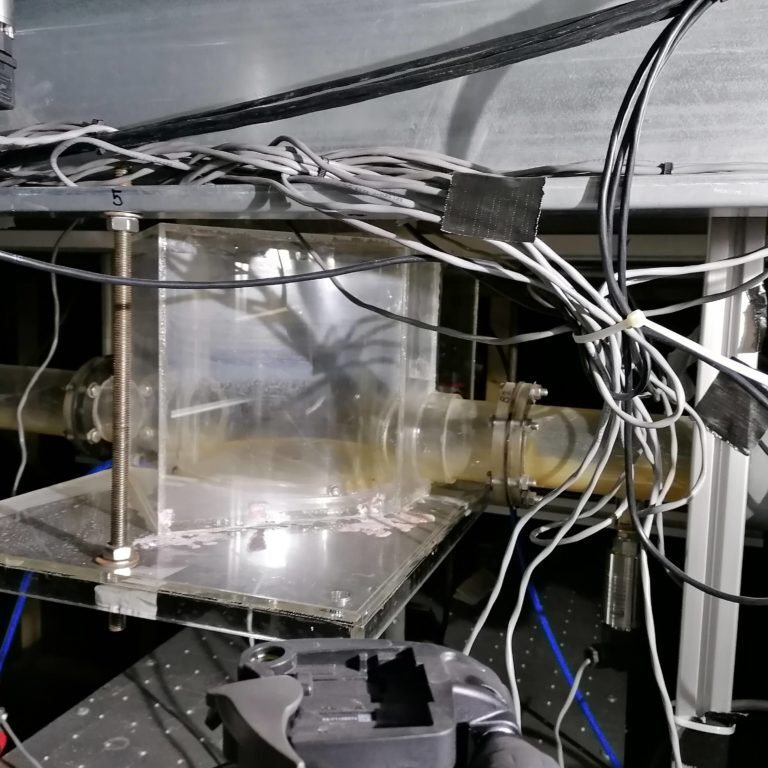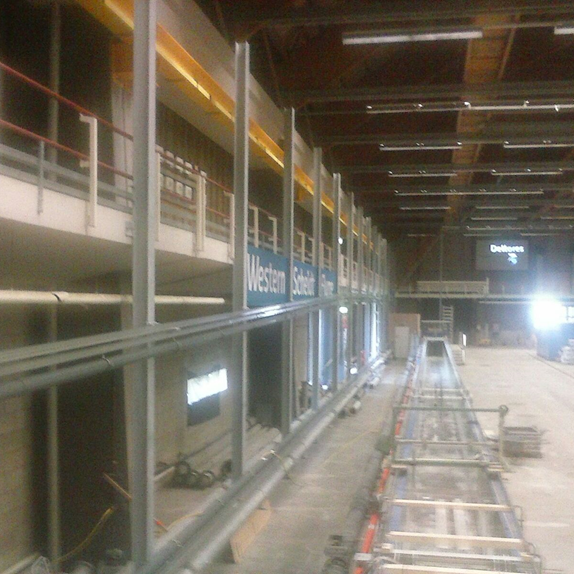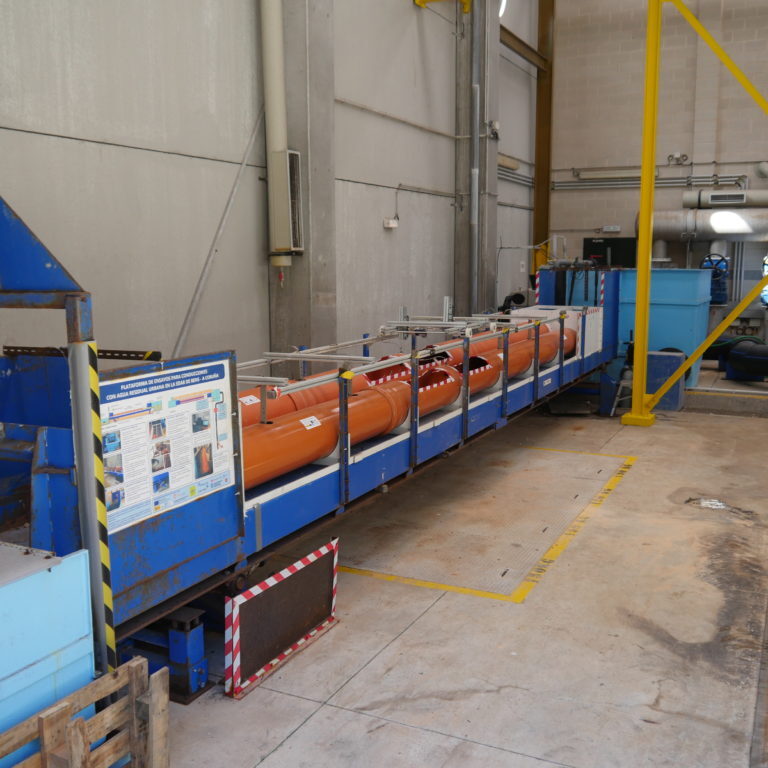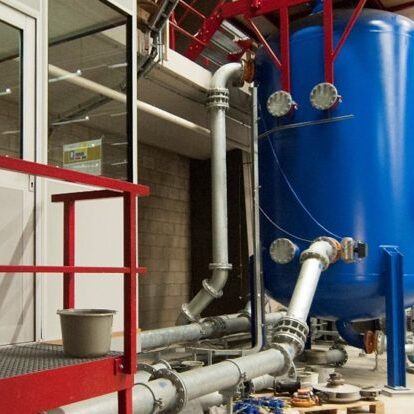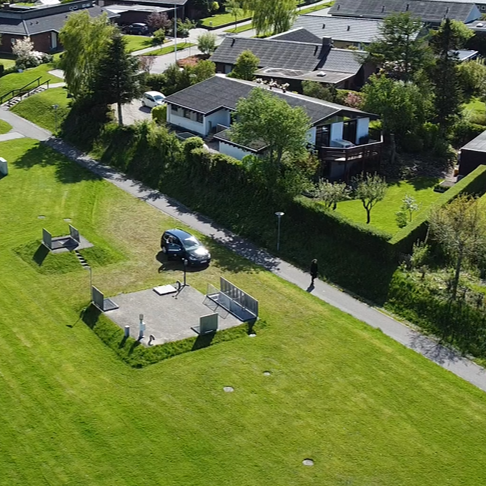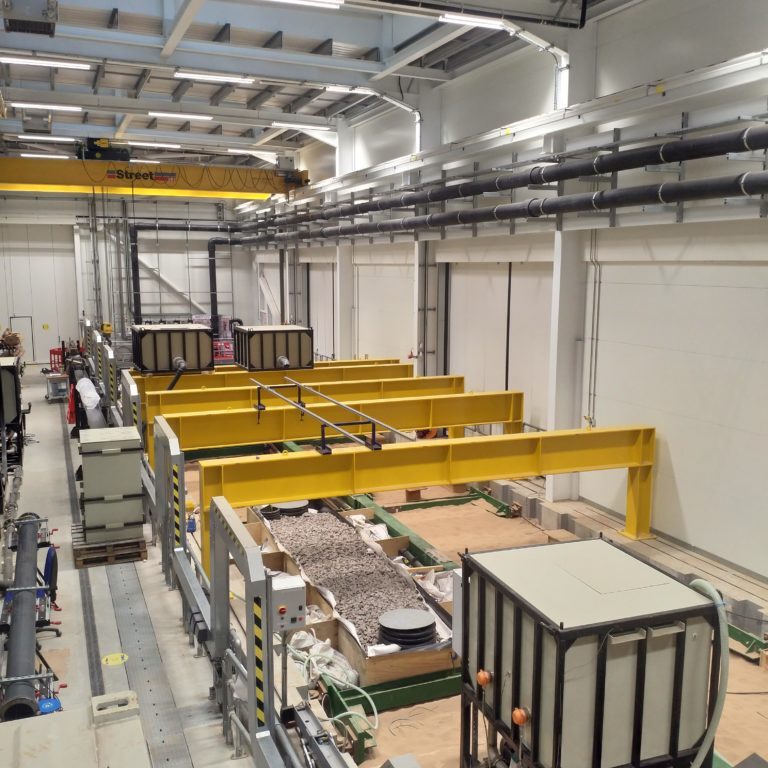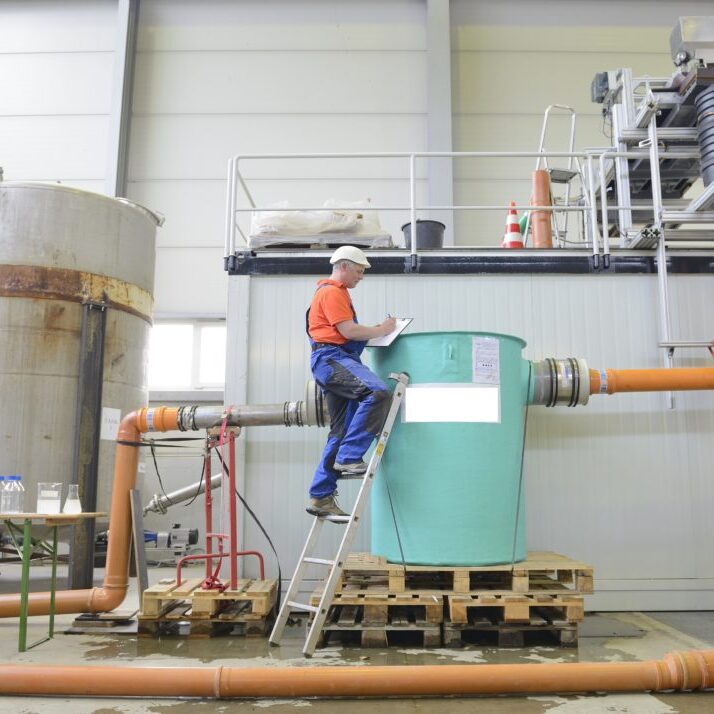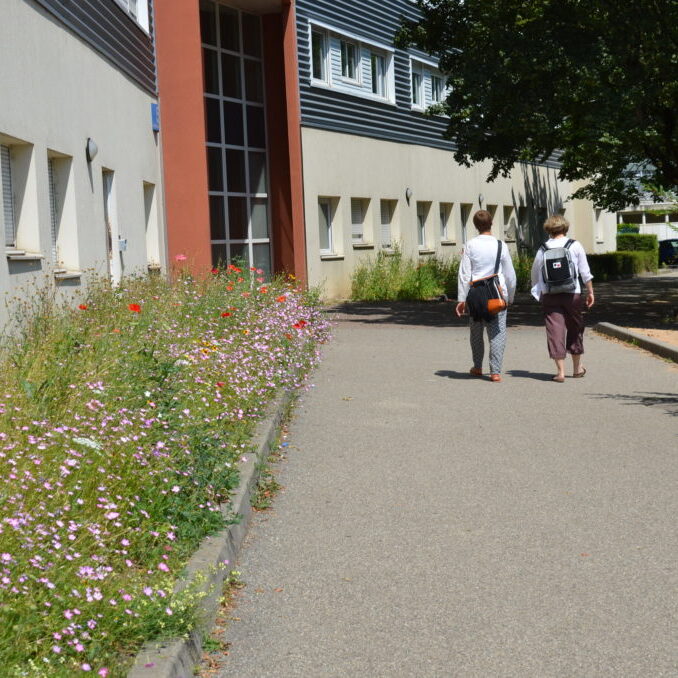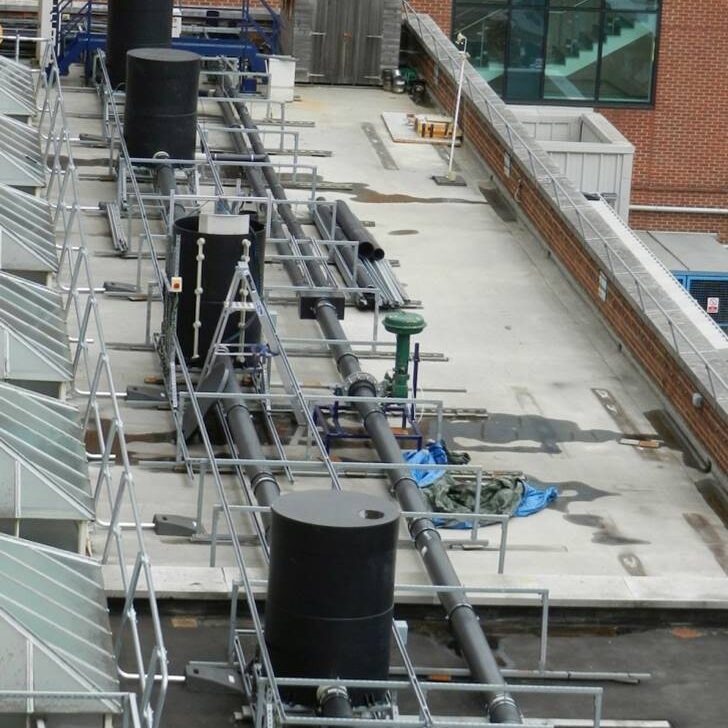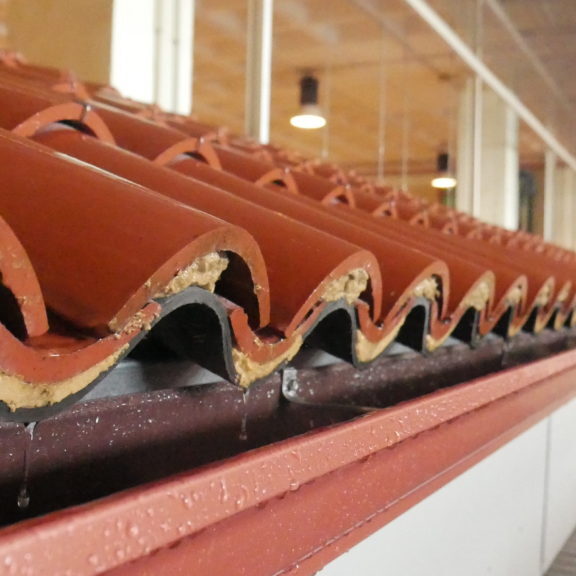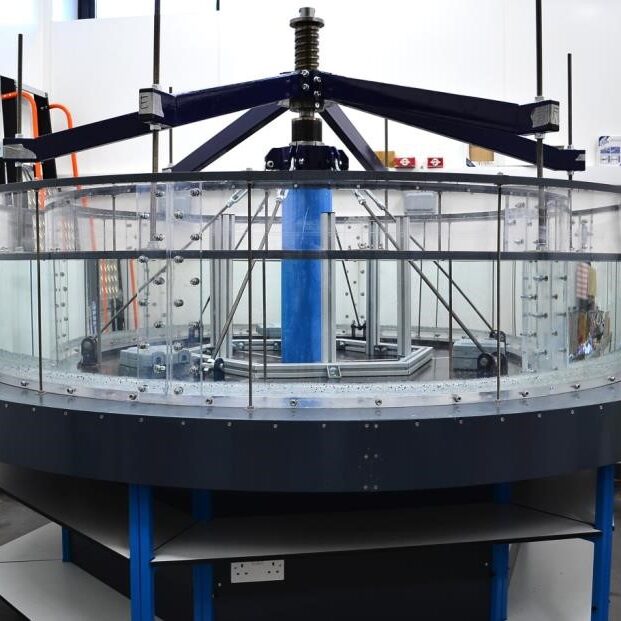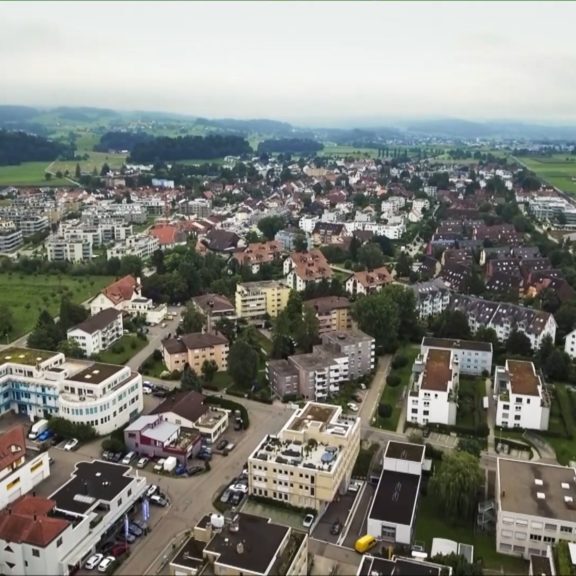What is the Marketplace?
Co-UDlabs offers free-of-charge Transnational Access (TA) to its 17-facility research infrastructure. After two successful calls, we are opening an additional 3rd call to give access to 2 of our facilities, with deadline on January 5, 2024! You can find all information about the TA call, including all documentation required to submit a proposal, in our TA call hub.
The Co-UDlabs Ideas Marketplace is a living, changing 'message board' in which the people of our community can exchange propositions, ideas, contacts, methods, and plans.
Share your idea and team up with other users!
Below you can browse the ideas that are currently available on our Marketplace and the information about their authors and their affiliation. You can also share with us any idea or proposal which you would like to show on the marketplace! Click on the green button to submit an idea for the board and/or contact other interested TA users. If you want to discuss your idea with our Research Facilities providers and look for support to improve a TA proposal, click on the blue button.
Explore the Marketplace:
Leaves clogging inlets:
What influence do surrounding trees have on the inflow capacity? How does the inflow change due to different types of leaves? How can the inflow be optimized? Assessing different inlets, baskets and types of leaves.
Researcher: Robert Sämann
Institution: ItwH GmbH Hannover
This user is looking for:
- Experiment performing
- Numerical modelling
- Data access management
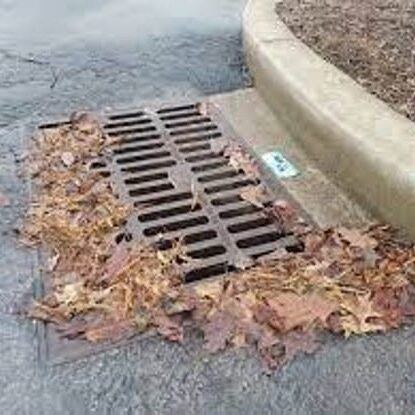
Rehabilitated Waste Water Pressure Pipes:
What is the influence of surge loads on rehabilitated waste water pressure pipes? Are CIPP-Liners designed for these loads? What interactions occur between the old pipe and the CIPP-liner during loading? Investigations in a special pressure pipes test rig of IKT's Large Test Facility (IKT LTF) should clarify!
Researcher: Wendy Francken
Institution: VLARIO Belgium

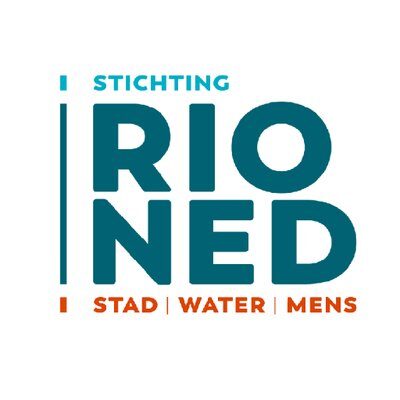
Assessment of Inspection technology for Rising mains (Air):
This project aims for an objective performance assessment of inline inspection techniques for urban wastewater rising mains (pressurized transport pipelines towards WWTPs). Rising mains for transport of collected wastewater to the wastewater treatment plants form a high risk part of the wastewater system of urban aera's. Operators need to know if certain parts are in poor condition to be able to plan the right action for mitigation of these risks. Several techniques for inline assessment of pipeline condition have been developed the last decade and some experience with application show that the inspection results are not always as reliable as expected. An objective and scientific assessment of the performance of different inline inspection techniques under different circumstances and for different types of rising mans (variation in diameter, materials, bends, shape) will support a proper use and possible improvement of these techniques. It can boost the practical application and through better condition assessment it will save costs for unnecessary repair due to accidents.
Researcher: Ton Beenen
Institution: RIONED Stichting
This user is looking for
- Pipebots sensors for assessment of pipe condition
- Performance assessment reports of inspection techniques
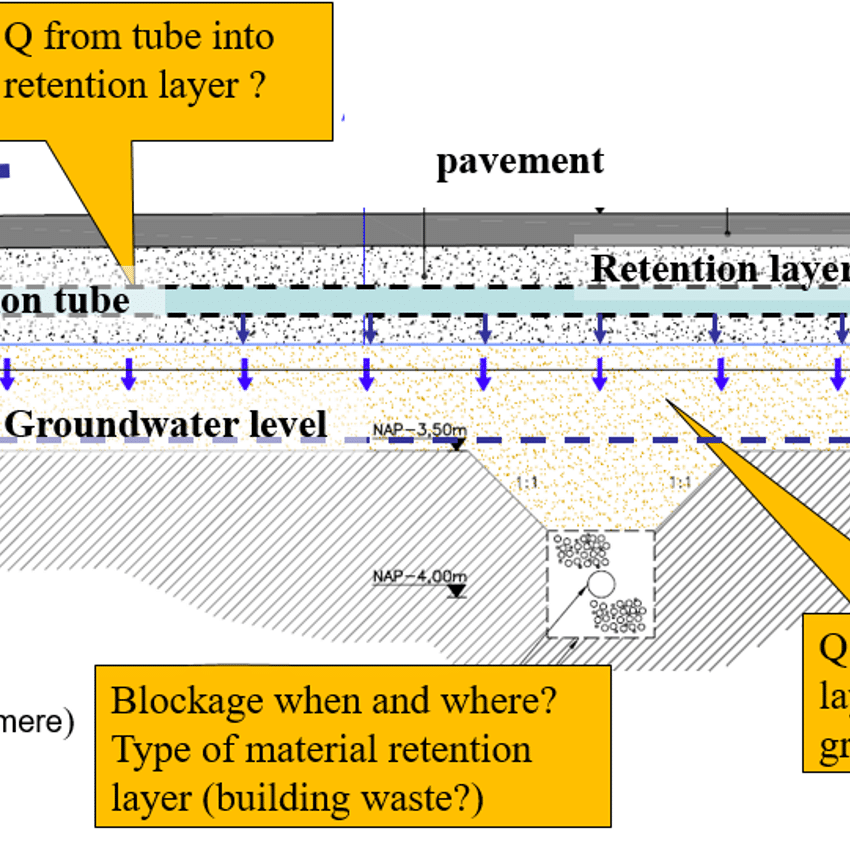
Discharge stormwater into retention under pavement:
Locations with limited public space: storm water retention under impermeable pavement. Alternative to permeable pavements, where blockage occurs. Advantages: preventing damage by heavy rainfall, suppletion of groundwater: prevention of soil subsidence, slowing down discharge to surface water.
Researcher: Maria Rus
Institution: City of Almere (Netherlands)
This user is looking for:
- Practitioners
- Interested profiles from this field working on similar research/practice questions

Safe pleasure after rapid water test:
Develop (disposable) rapid testing devices indicating health issues as bacteria and/or viruses. Platform to share test results among (potential) recreationists. Fewer health and safety issues with urban surface waters.
Researcher: Marleen Arntz
Institution: RIONED Stichting & Stowa
This user is looking for:
- Quick scan test developers
- Ideas to measure microbial risk for bathing waters
- Research on possible target bacteria or viruses
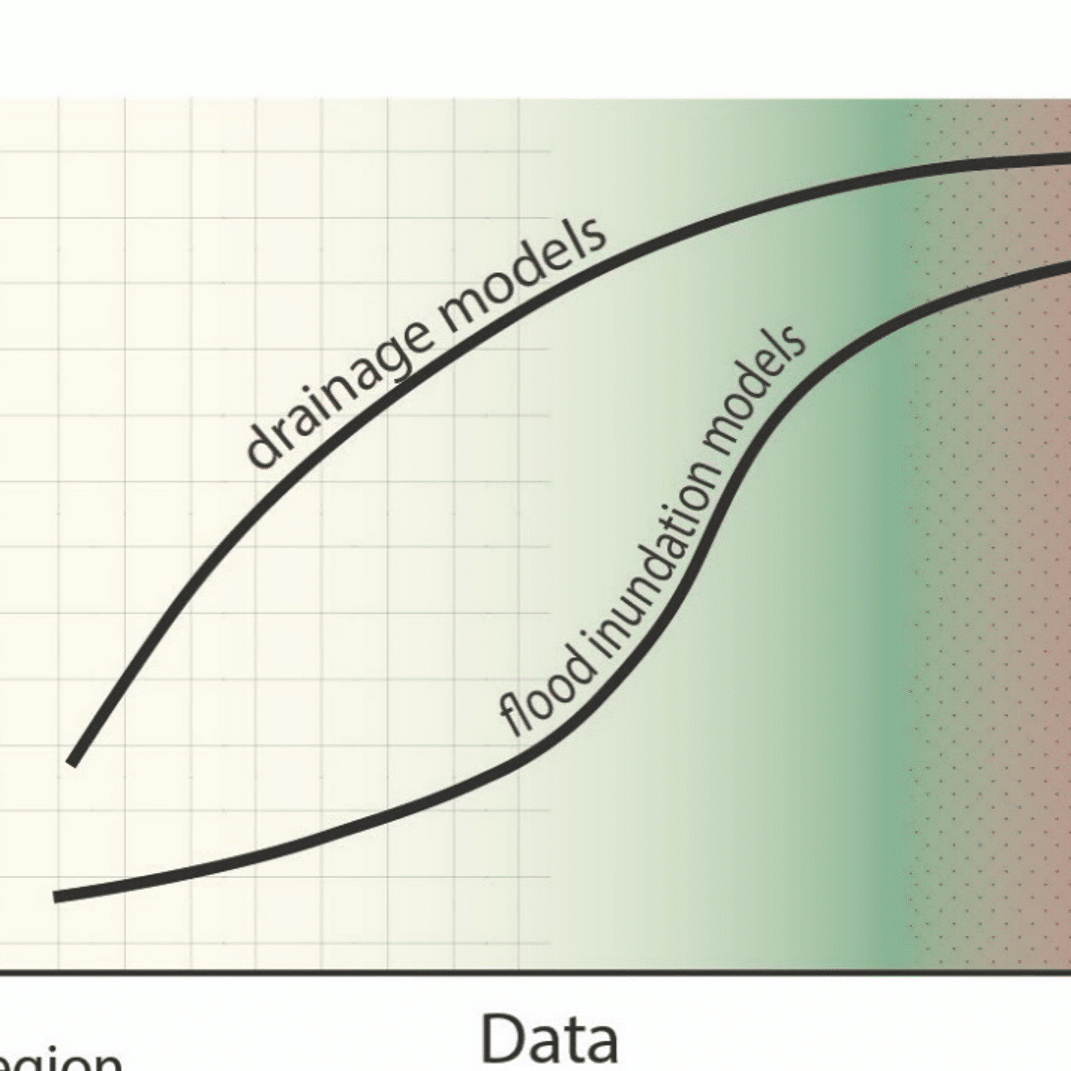
Experimental design and calibration needs. Effects on green infrastructure placement strategies:
Re-processing tools with ML-background in web-based application. Impacts from ML-pre-processed data to resulting simulation qualities. Application for MPC (model predictive control) with spatially and temporally high-res weather predictions
Researcher: Mayra Rodríguez
Institution: University of Exeter

Pollution transport dispersion calibration:
What is a suitable dispersion approach in shallow water of flooded streets? How does a plume propagate on flooded streets? What mixing occurs during the plume exchange between pipe and surface flow?
Researcher: Robert Sämann
Institution: ItwH GmbH Hannover
This user is looking for:
- Experiment performing
- Numerical modelling
- Data access management
A probabilistic ML-based framework to improve UDM reliability:
Pre-processing tools with ML-background in web-based application. Impacts from ML-pre-processed data to resulting simulation qualities. Application for MPC (model predictive control) with spatially and temporally high-res weather predictions.
Researcher: Amin Bakhshipour
Institution: Technological University of Kaiserslautern; University of Tehran; Chamran University
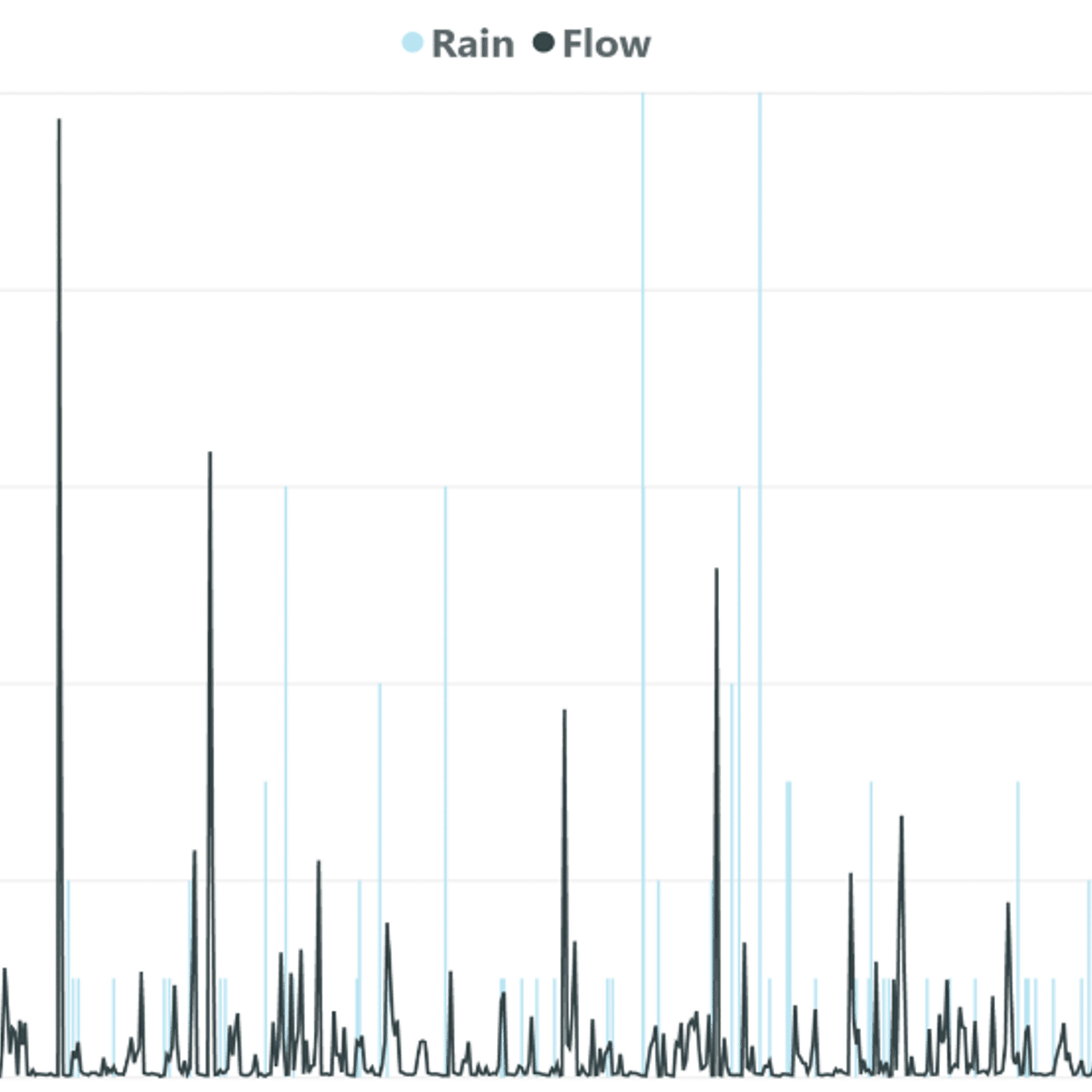
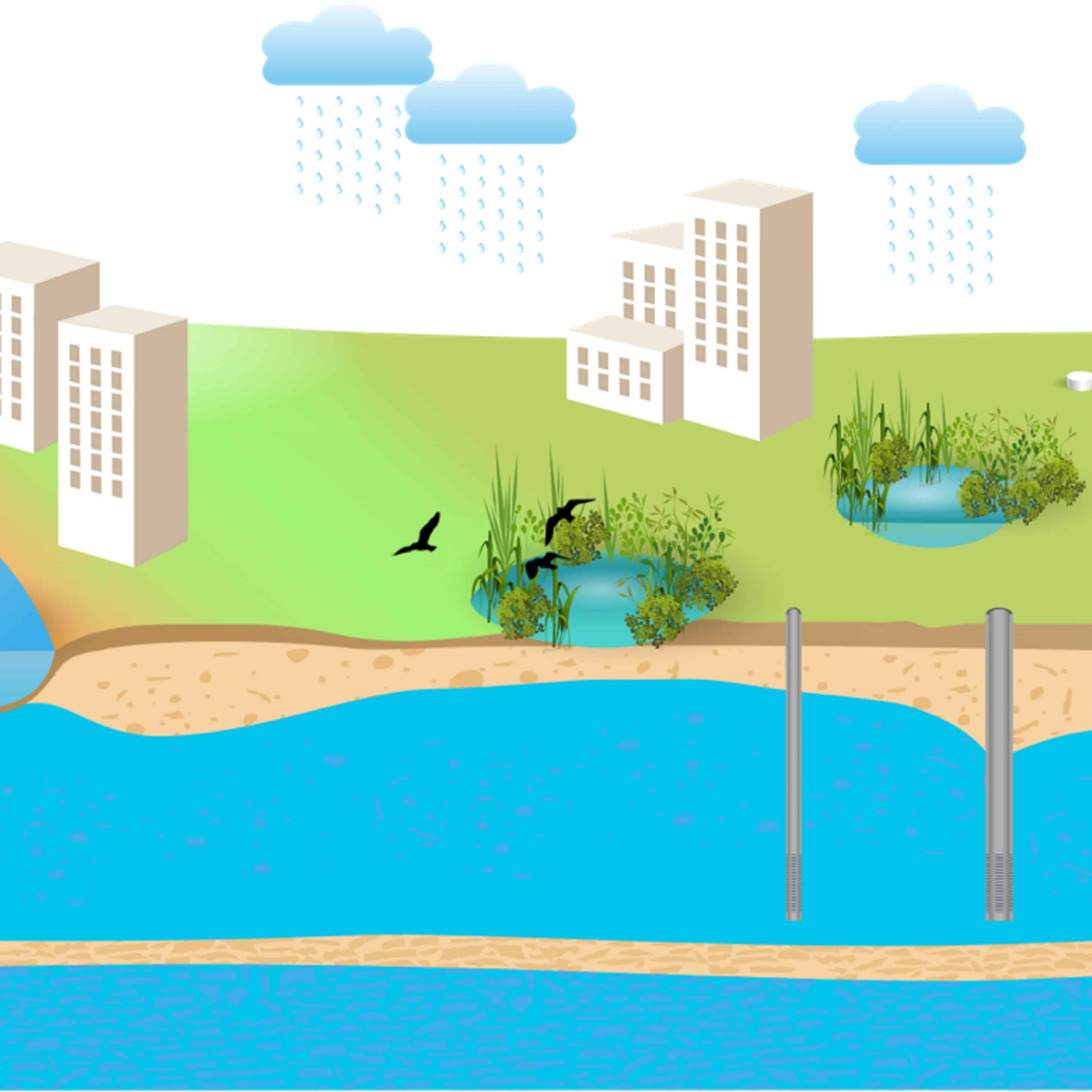
SUDS in Extreme Climates:
Parameters of Blue/Green Infrastructure are calibrated for European sites with Maritime and continental climate characteristics. However, the potential of Blue/Green infrastructure as a "sponge" during weather extremes is required in countries with extreme cold and hot conditions. A calibration of the simulation models is required for effective urban drainage planning utilities for these regions. For a integrated approach, it is also necessary to consider whether and to what extent SUDS can recharge groundwater.
Researcher: Katharina Fuchs
Institution: ItwH GmbH Hannover
Toronto exfiltration system (four season) for highly urbanised areas (TES4):
Quantify flow rate distribution to various components of the TES4: e.g., maintenance hole, the surrounding soil, and the overflow sewer; and the hydraulic grade line along the perforated pipes, the granular sewer trench because the design of TES4 depends on the understanding of system dynamics during a storm event.
Researcher: James Li
Institution: Ryerson University
This user is looking for:
- academic modelers
- design consultants
- practitioners who want a field demonstration


Sewer Hydraulics and SUDS:
How does SUDS affect sewer hydraulics? A better understanding of SUDS performance absent adequate maintenance over time.
Researcher: Prabhat Joshi
Institution: EAWAG
This user is looking for:
- project collaborators
- suggestions and guidance
- laboratory/field set-ups to perform experiments on and analyse the interaction between SUDS (with and without deterioration) and sewer hydraulics

